- Incredibly small total footprint solution
- Recognizing similar complex hand movements
- Reproducible on your device
Can AI save lives? Definitely yes! Learn how to implement sensor fusion and tiny machine learning to detect smoke and get notified in a timely way if a fire starts.
Is it possible to create a faster and more accurate magic wand than the original one? Thanks to the new technology, you can build a similar solution automatically, and with more impressive results!
Let's recreate a popular paper-and-pencil game, Xs and Os, on M5Stack Core using handwritten digits recognized by the TinyML model. The project is inspired by the popular MNIST dataset.
Electricity permeates the entire infrastructure of modern cities, so it's really important to monitor and prevent overloads. Explore how to predict electrical grid stability with Neuton and Particle IoT.
Ever thought about how water enters the central heating pipes? The secret is the proper operation of water pumps. Learn how to use RSL10 sensors and Neuton to run models for timely pump maintenance.
Any F1 fans here? Imagine how cool it would be to predict which F1 car will finish the race first! This case shows how to collect and analyze data to predict the champion, based on accelerometer and gyroscope sensors.

What if we say that there’s a more budget-friendly way to detect occupancy than computer vision? Learn how to identify if a room is empty or not using environmental sensors and tabular data.
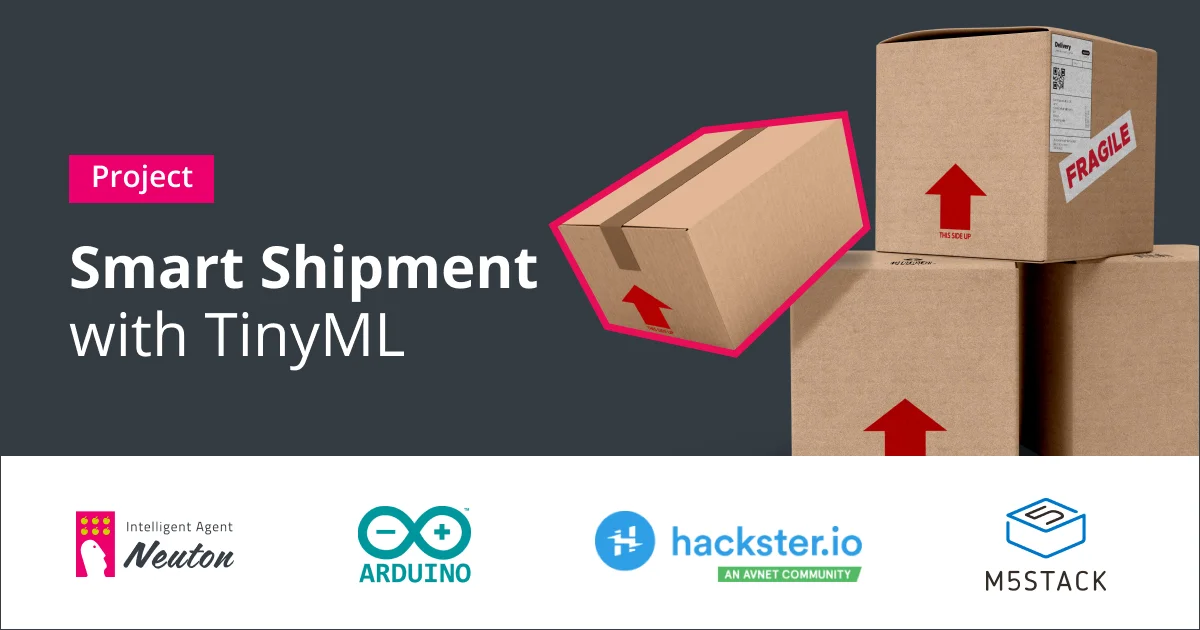
Worrying about whether your parcels are transported safely? Learn how you can apply TinyML to easily track the status of your packages and monitor if they are moving, resting, impacted, thrown, picked up, etc.
Do you often find your "smart" vacuum cleaner blocked by a carpet, a doorstep, or even your brand-new shoes? Learn how to make your robot smarter by running a TinyML model on an Arduino board, Nicla Sense ME.
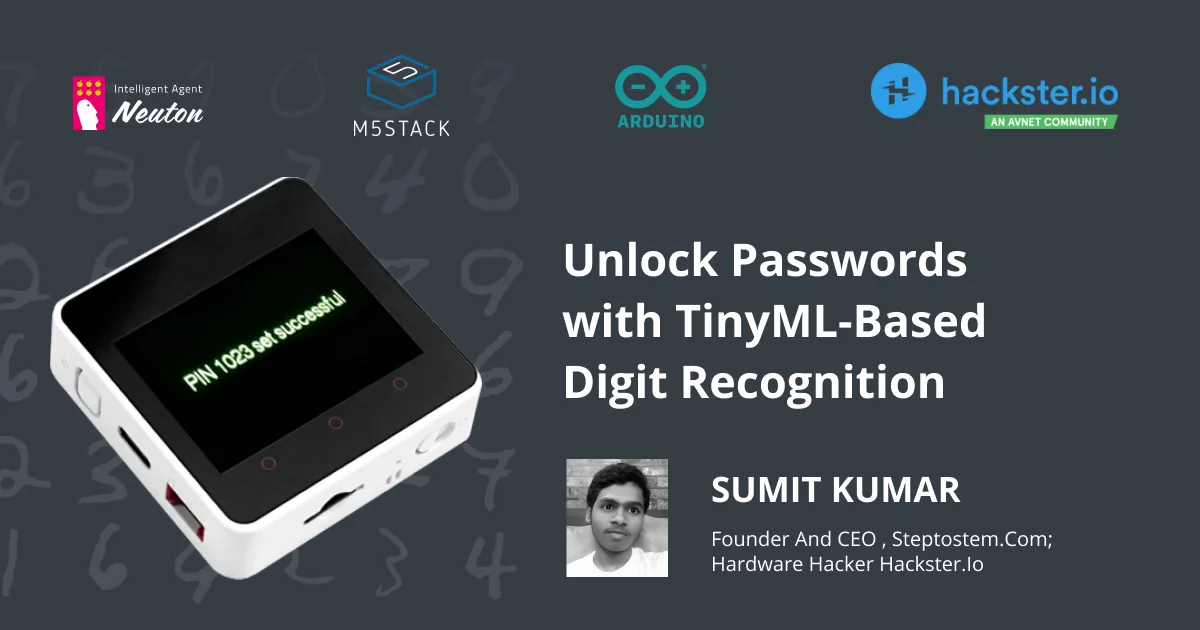
This project is focused on MNIST-based handwritten digit recognition in embedded systems through deep learning. We'll demonstrate how to easily recognize passwords using the TinyML approach on a tiny MCU.
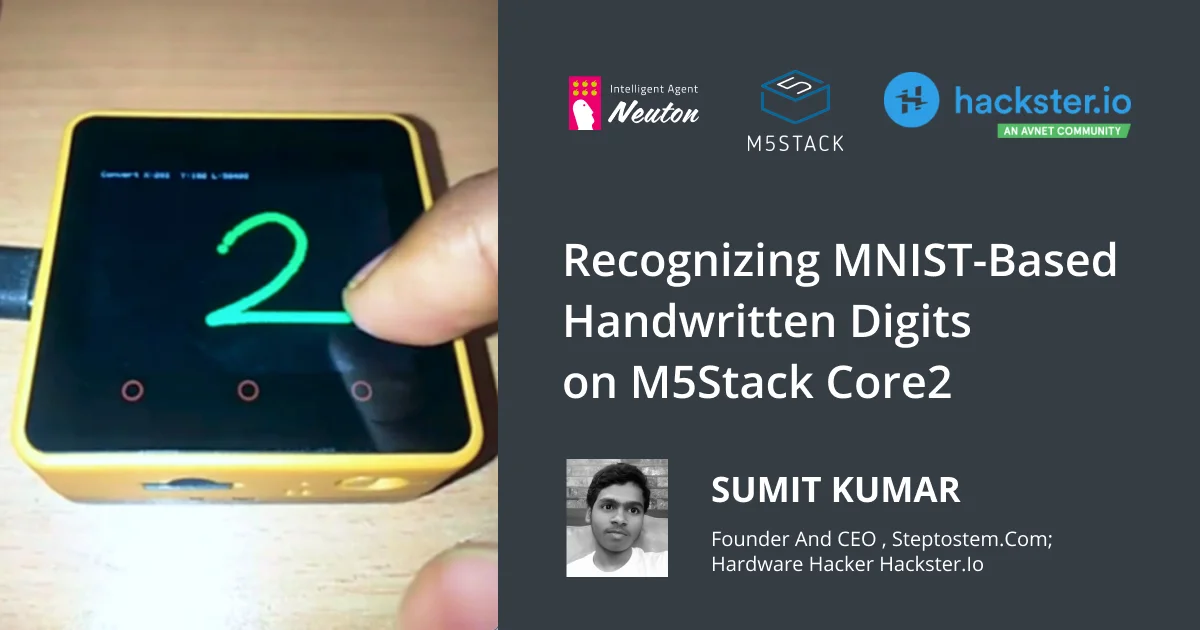
Another cool experiment by Sumit Kumar is a detailed set of guidelines on how to make your dataset, train the model, and run it on a low-power MCU to recognize drawn digits on a touch interface!
How to quickly develop TinyML models to recognize custom, user-defined drawn gestures on touch interfaces? Check out the project inspired by a gesture recognition feature on a simple smartphone.
Inspired by the "Tiny ML Cookbook", written by Gian Marco Iodice, we decided to repeat a tinyML experiment and build a tiny weather station with an 8-bit model for predicting the probability of snow.
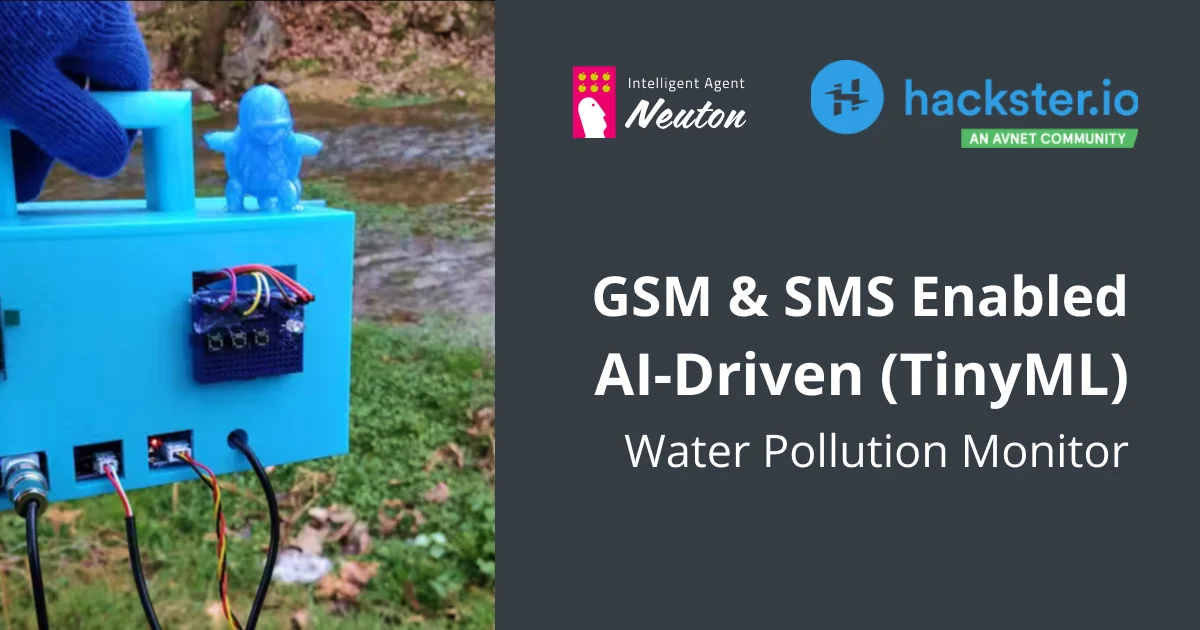
How can modern technologies, TinyML in particular, help us solve the problem of water pollution? Are preventive measures much better than simple monitoring? Find answers to these questions in our project.

How to apply the TinyML approach to detect broken tooth conditions in the gearbox? Is it possible to predict gearbox failure on a simple $4 MCU? Read further to learn how.
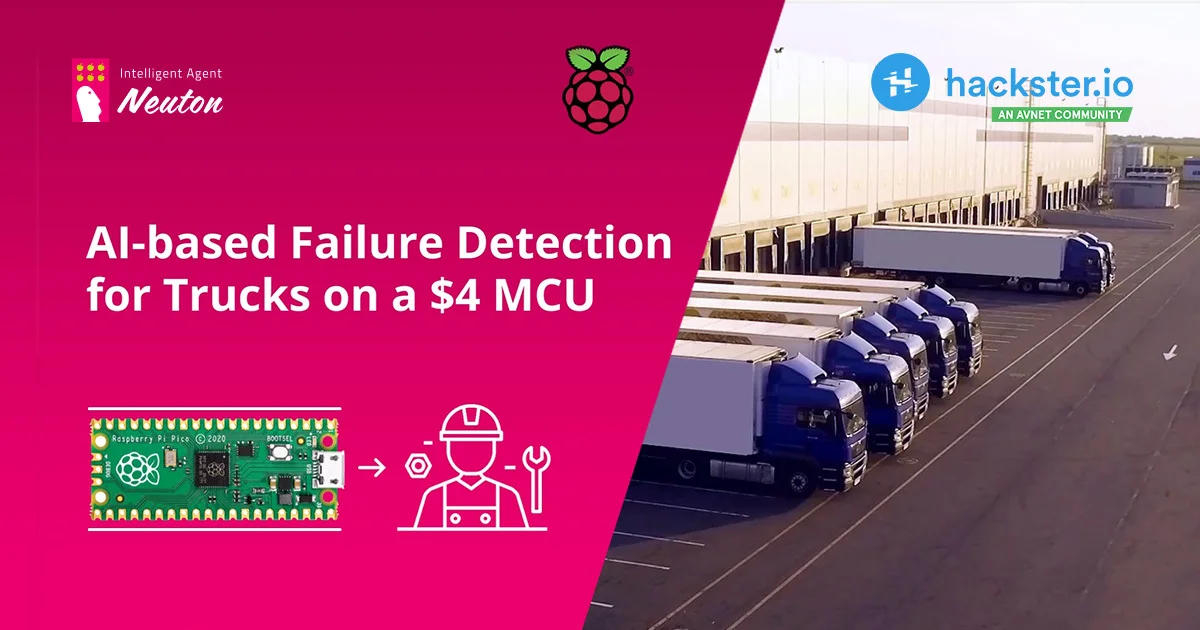
Explore how to apply the TinyML approach in the automotive industry to detect truck failure related to the Air Pressure System (APS). It's better to prevent a failure than repair the damage, isn't it?
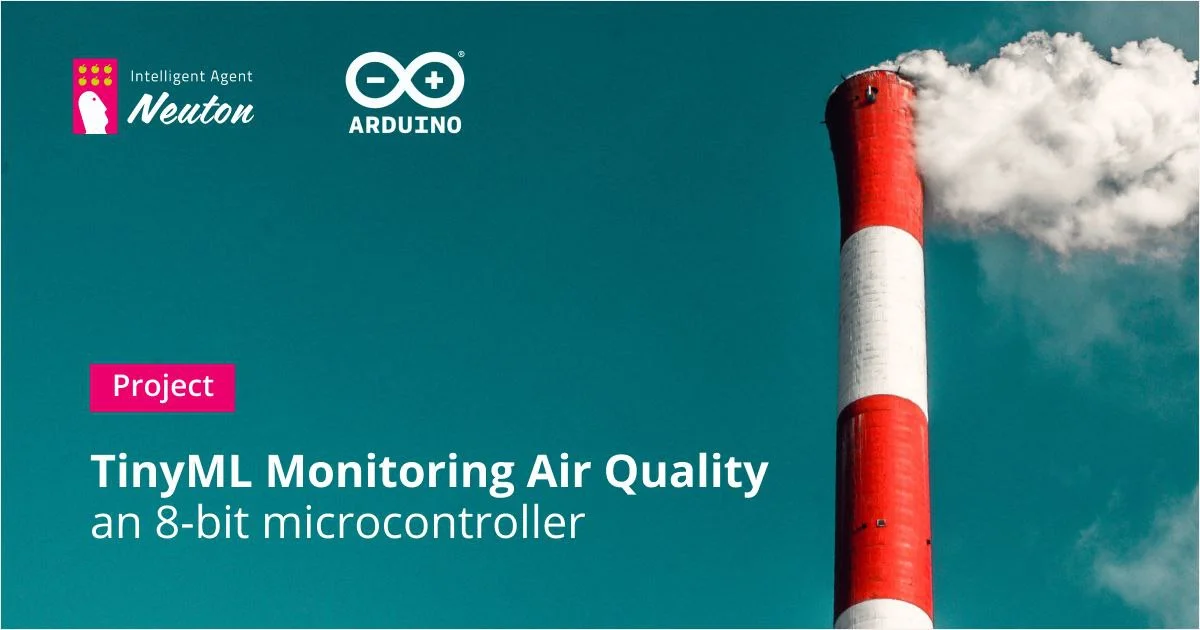
Can TinyML help in preventing air pollution? Learn how to create a tiny machine learning model and run inferences on a microcontroller to detect the concentration of various chemical gases.
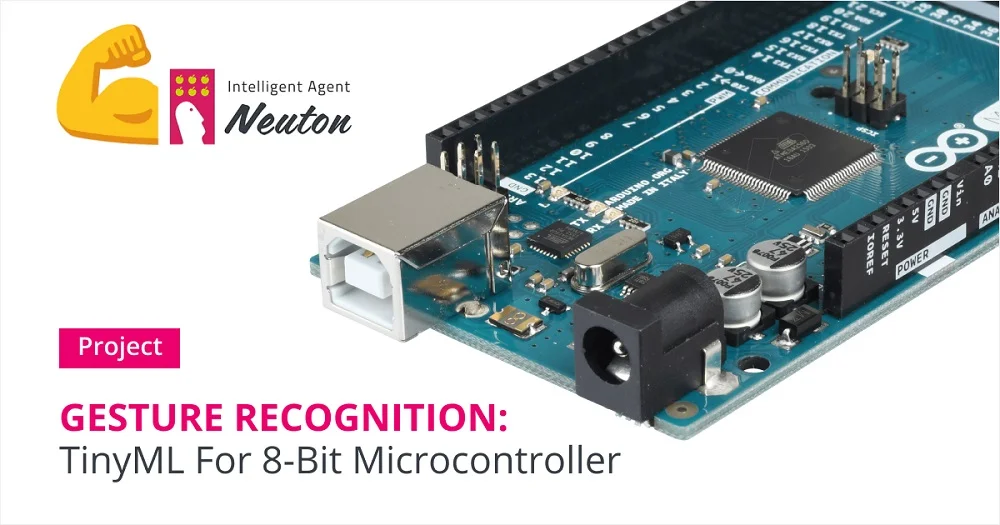
Building a gesture recognition system with Arduino and Neuton. In this experiment, the system is designed to solve a binary classification task and recognize two gestures: a punch or a flex movement.
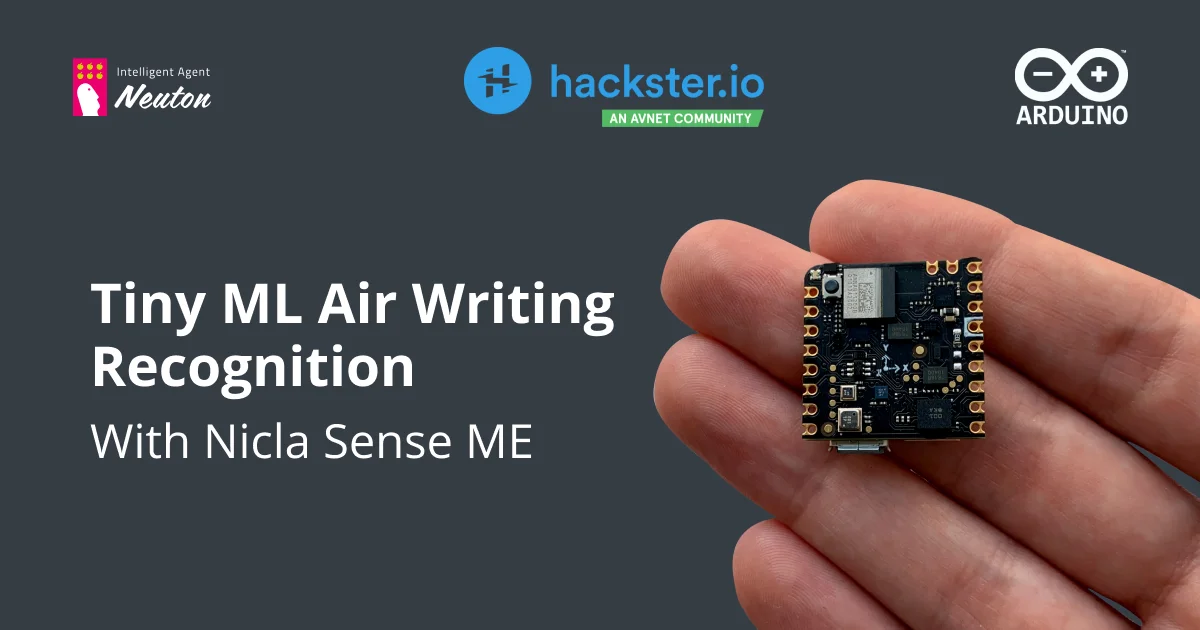
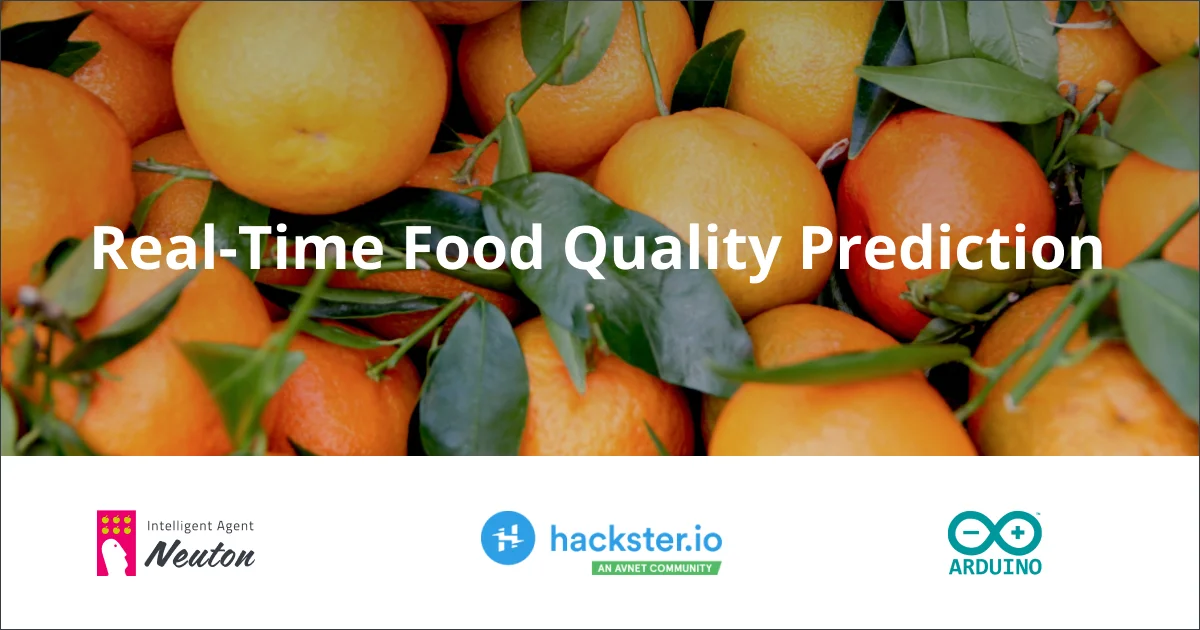
Food waste has become an acute problem for the environment recently. Can tiny machine learning be a useful solution for detecting if the products are fresh or not? A little spoiler: yes, it can!
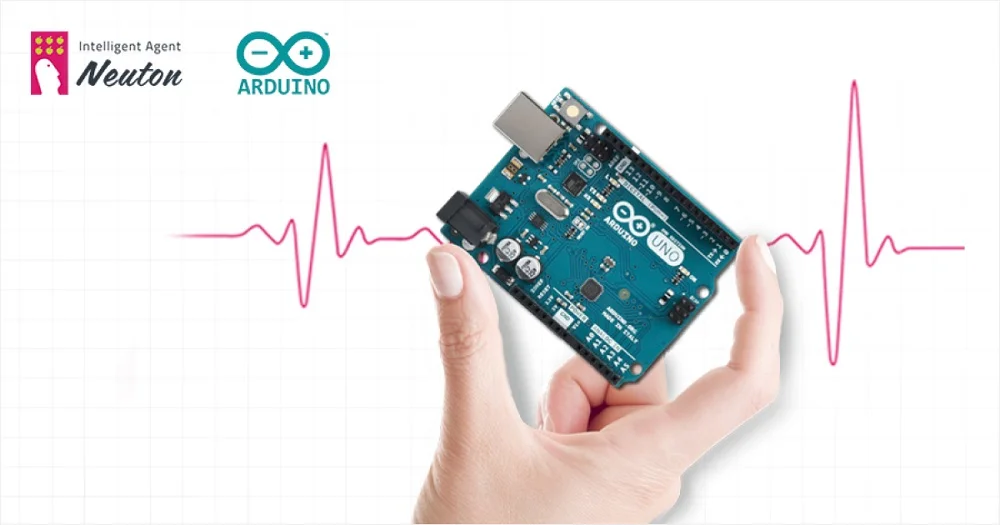
Can a user without data science knowledge make a tiny but smart medical device? Predict the possibility of cardiac arrhythmias on an 8-bit MCU, without sending the corresponding data to the cloud.
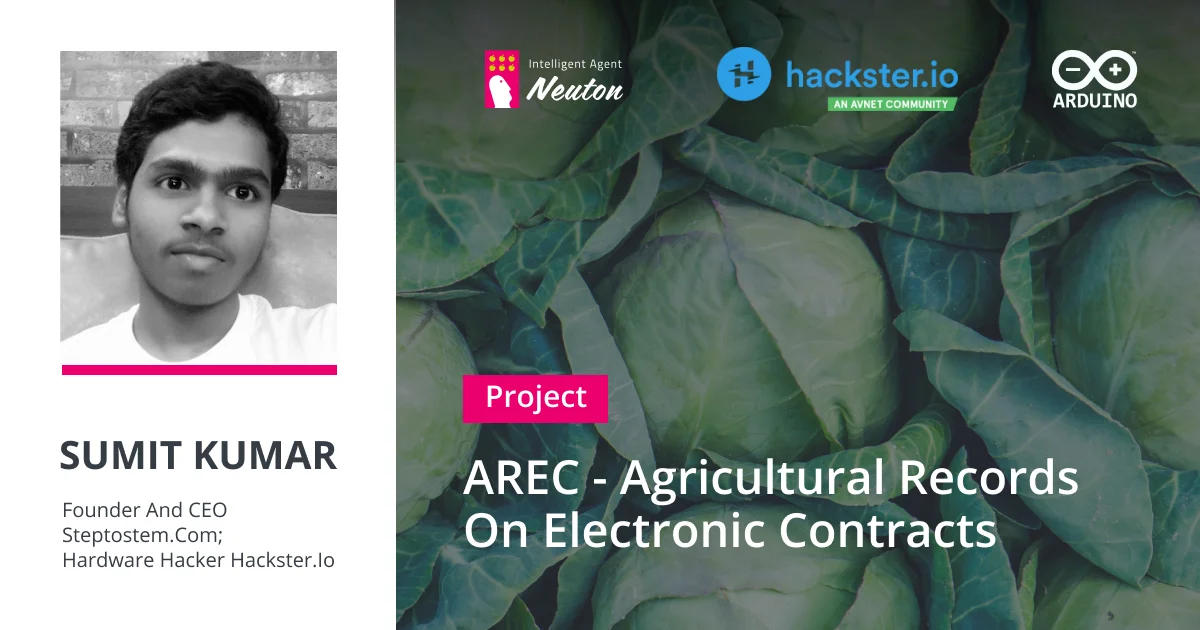
Developing a secure TinyML-based delivery solution for farmers to provide detailed product-specific information, help them avoid fake products in the agrochemical industry, and increase productivity.